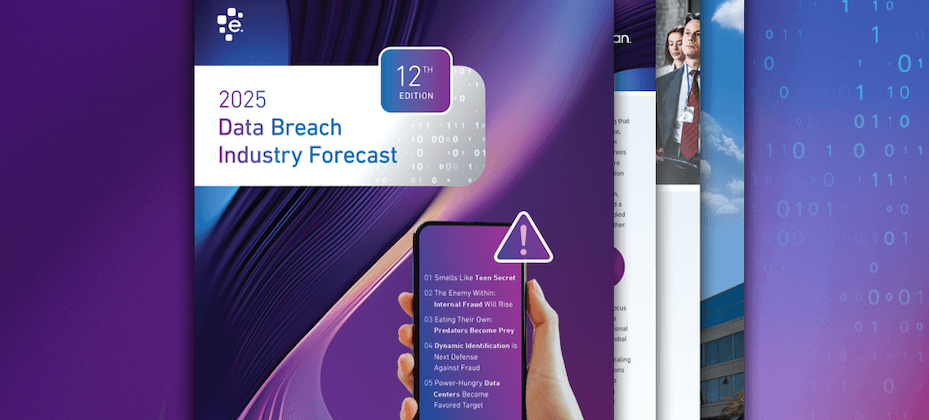
Most people who tune into the Super Bowl fall into one of three buckets – Those who watch for the love of the game Those who want to check out the halftime show entertainment And those of us, typically advertising and pop-culture geeks like myself, who tune in just for the commercials. But let’s not kid ourselves, you don’t have to be in advertising to love the commercials. After all, whether these ads make us laugh, cry or tweet, they often have a way of weaving themselves into the Monday morning water cooler talk and even our cultural fabric. As a marketer myself who is responsible for maximizing an advertising budget, I watch these $5 million dollar, 30-second spots and have a tendency to ask myself: How effective are Super Bowl campaign ads? Given that the automotive industry is a staple within the Super Bowl advertising universe, we recently leveraged our Social Media Analysis to dig a bit deeper into a handful of auto brands (Audi, Buick, Hyundai, Jeep and Toyota), all of whom had a social media component to their Super Bowl 50 campaigns. We wanted to answer the question, “Did these TV ads actually drive social media following and engagement?” Our latest findings showed all five of these brands gained more “high influencer” and active followers on their social media channels within the month after the “Big Game.” On average, the percentage of influential followers (consumers with more than 1,000 followers) increased 14.8 percent during the month after the Super Bowl, while the average number of posts for each follower increased by 35.4 percent. Successful brand marketers create campaigns that work harmoniously together across different channels to reach their intended audience. These automotive brands were able to deliver messages across television that extended into social media channels ultimately driving the benefit of the “word-of-mouth” effect. Our data and analytics capabilities help marketers identify and connectd with audiences who will spread their messages to fans and potential customers. The result: these Super Bowl advertisers saw higher engagement and increased brand awareness. The automotive Super Bowl commerical enthusiast is … Developing a cross-channel campaign is only half the battle. Marketers still need to understand who is engaging with their brand after they’ve clicked the ‘Follow’ button. Our anlaysis revealed consumers who interacted with these automotive campaigns were 1.3 times more likely to be male, and nearly 60 percent fell between the ages of 26 and 50. Moreover, 13.3 percent had children between the ages of 16 and 18. Not surprisingly, these consumers were more likely to follow particular brand categories than the general population. 60 times more likely to follow Auto Brands 04 times more likely to follow Auto Service Providers 56 times more likely to follow Consumer Electronics Stores This tech-saavy, car enthusiast audience was also more likely to follow these types of social media handles than the average user. 10 times more likely to follow Sports Organizations 64 times more likely to follow Sports Media Companies 52 times more likely to follow Magazine Brands Other findings that popped in our recent analysis included: Consumers who engaged with these automotive brands on social media the month after the Super Bowl were 1.56 times more likely to reside in Michigan. More than 37 percent of these consumers had an average income between $50,000 and $99,999. The social media handles for the television shows these consumers were more likely to follow, included Top Gear, 60 Minutes and Baseball Tonight. Perhaps these programs would be great places for the auto brands to continue the conversation with current fans and potential customers. Marketers plan for the future Just as each consumer is unique, so is the trail of social media data they leave behind. Social media provides many consumers the venue to freely express their opinions and preferences. We help marketers tap into this data, and gain a remarkable view into who their customers are, the things they care about and how they behave. It’s that level of insight that enables marketers to optimize their content, plan better targeted campaigns in the future, and reach customers in a meaningful way. Much like any marketing effort, the current blue print to a successful Super Bowl campaign has been set. Create and deliver highly personalized messaging that resonates with consumers across a number of channels and encourages them to take an action, whether it’s purchase a product or share on social media. And finally, measure the results. It’s a lot easier to make that multi-million dollar advertising investment when you know the ROI is there. The brand marketers who follow the “game plan” can position themselves for their own Super Bowl win. To view the full press release, visit https://www.experianplc.com/media/news/2017/super-bowl-social-media/.

I’m an Experian Health Training Manager. I get to meet with healthcare organizations and teach them how to use our Financial Assistance Screening tool, which helps them easily and cost-effectively determine which patients qualify for financial assistance. I didn’t expect to interact directly with patients as part of my job, but I did – and the experience moved me. Recently, a client started using our automated tool, so I went to Colorado to train their financial counselors on how the product worked and help them understand the data so they could begin to use the tool with their patients. But then I was asked if I wanted to see the tool in action. Nothing could have prepared me for the experience of interacting directly with a patient who benefited from this tool – a woman who seemed visibly shaken when the financial counselor and I first met her in one of our client’s medical centers. After the financial counselor explained why we were there, she began to work her way down a list of questions prompted by Experian’s tool, asking about the patient’s annual income, household size and disabilities. After two minutes of questioning, the counselor hit “save” on the responses, and immediately the results came up on the screen. “Good news – you qualify for a 100 percent discount through our Medical Financial Assistance program,” the counselor said. “Your medications, stay and follow-up visits will all be covered.” The patient had trouble processing this information at first. “Are you telling me that now I can focus on getting better, and I don’t have to think about my medical bills?” This realization brought her to tears of relief. Her time in the waiting room had been plagued with thoughts of how she couldn’t afford her hospital stay, despite how much she needed medical attention. With our help, those thoughts were put to rest. With Experian’s tool, patients like this woman no longer need documents to prove their annual income. And healthcare providers don’t need to manually calculate whether and how they can provide financial support. After our meeting with this patient, the financial counselor told me she was so moved she was shaking. “It is inspiring to so tangibly be able to help our patients,” she said. I agree. I’m glad that through data, I’m helping healthcare organizations give patients financial peace of mind when they need it most. Read more #ExperianStories from our colleagues around the world.

I lead Experian’s EMEA Procurement team, where I work with Experian’s offices around the world when they begin implementing new projects or product ideas. I was recently asked to work alongside Experian’s Consumer Business in the United Kingdom as they prepared to launch Experian’s CreditExpert companion app. They wanted to enable consumers to access their credit reports on a mobile device, while also being able to access personalized tips on how to improve credit scores. The part of this project that I found most critical, however, was the app’s built-in web monitoring tool that proactively protects consumers’ online identities from fraud. Protection of personal data is a hot topic in the big data industry. As my team and I worked through the challenges associated with protecting our customers from identity theft and fraud, we brought in experts from other Experian functions — like our security team — to assess the tools we were using and help us put proper measures and protocols in place that would enable us to protect consumers using the app. With the launch of this new app, we can catch cases of fraud the moment they occur. So, if someone steals an individual’s information to take out a loan or a mortgage in their name, we send out an alert right away to the affected individual, encouraging them to log on to the application to review their account activities. If fraud has occurred, the app takes the hassle out of the equation for consumers. Our team will investigate the incident on their behalf. I am proud to work for a company that continuously develops new products and services to help consumers better understand their credit and to keep their financial futures and identities safe. Read more #ExperianStories from our colleagues around the world.


